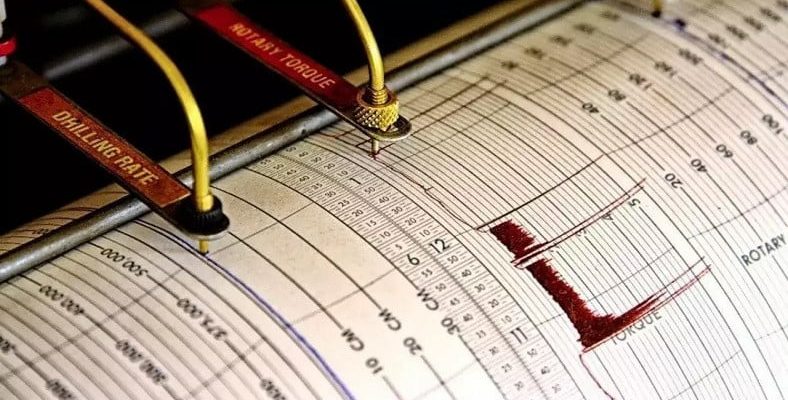Richter scale, which clearly reveals the magnitude and magnitude of earthquakes, which is a fact of our world, is an important unit used by earthquake scientists for many years. Let’s see what the Richter scale is, what it measures and how it is calculated in all details.
During the formation of the Earth, the earth’s crust was divided into plates and earthquakes occur as a result of their movements. In other words, an earthquake is a natural event for the whole world, just as it rains. Of course, unfortunately, we learned through many painful experiences that As a result of this shaking of the earth’s crust As humans, we face terrible consequences. The Richter scale has been used for many years to measure the magnitude of these earthquakes.
The Richter scale measures the magnitude of the earthquake, and different units are used for its intensity and strength. This unit value, which measures the magnitude of the earthquake by means of seismographs, is actively used even today. The earthquake magnitude revealed by the multiples of the unit is much different than we thought. What is the Richter scale, what does it measure, how is it calculated Let’s examine all the details.
First of all, let’s remember; What causes earthquake?
It is a rather complicated subject, but to make a basic definition, it is the result of plate movements in the earth’s crust. The resulting energy causes seismic fluctuations. and it shakes the earth. This shaking, called an earthquake, can cause continental slides, landslides, tsunamis and different volcanic movements.
So why does an earthquake always happen at night?
In fact, there is no rule that every earthquake happens at night, earthquakes can be of different magnitudes during the day and night. But The night part of the Earth is tense due to the gravitational pull of the Sun. The daytime part is loose. Due to this tension, the earth’s crust can break more easily. A similar situation can be seen in lunar and solar eclipses, but as we said, these are not absolute rules.
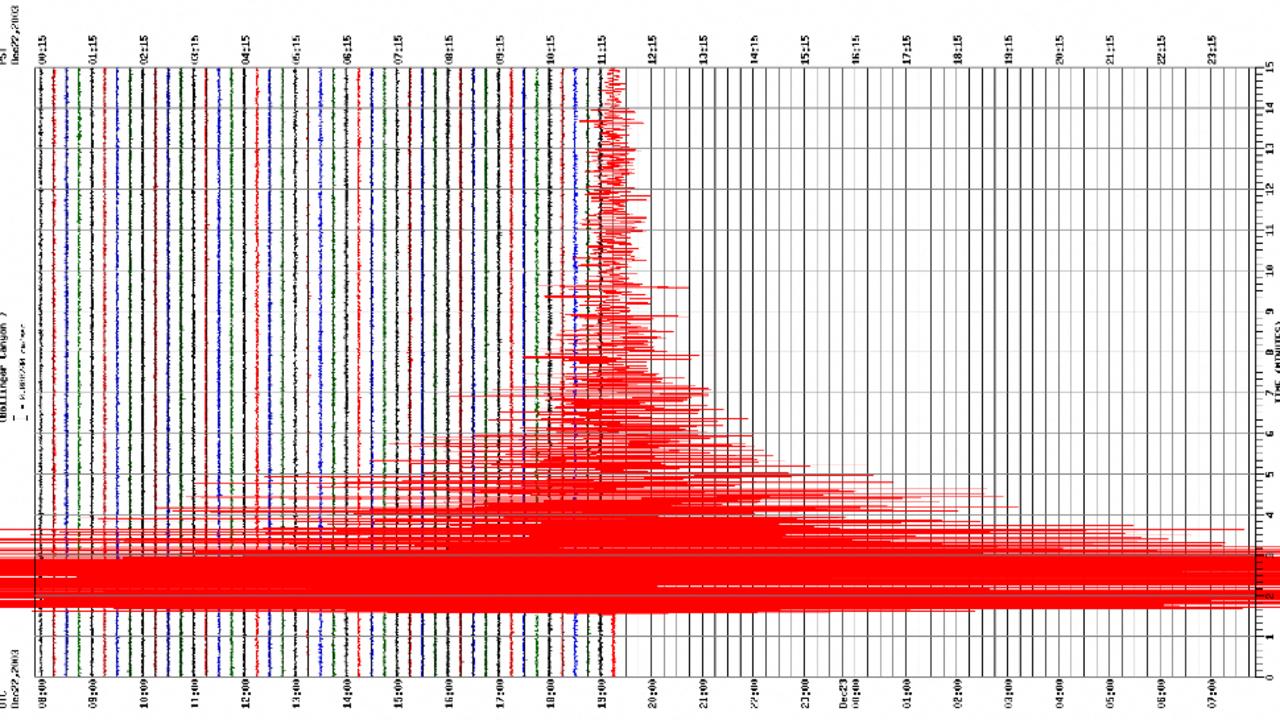
Let’s come to the question of how earthquake is measured; What is the Richter scale?
The magnitude of earthquakes experienced in our world is measured on a unit value called the Richter scale. Since this unit value is measured by the seismograph, it is called the instrumental magnitude of the earthquake. Even though different units and different scales are used today, the Richter scale is still considered an important unit value.
When was the Richter scale developed, which has been used for many years?
The inventors of the Richter scale are two scientists named Charles Francis Richter and Beno Gutenberg. Two scientists at the California Institute of Technology, published in the Bulletin of the Seismological Society of America in 1935. In the article ‘An instrumental earthquake magnitude and shaking rate scale’ They introduced the Richter scale. A similar study was theorized earlier in 1931 by a scientist named K. Wadati.
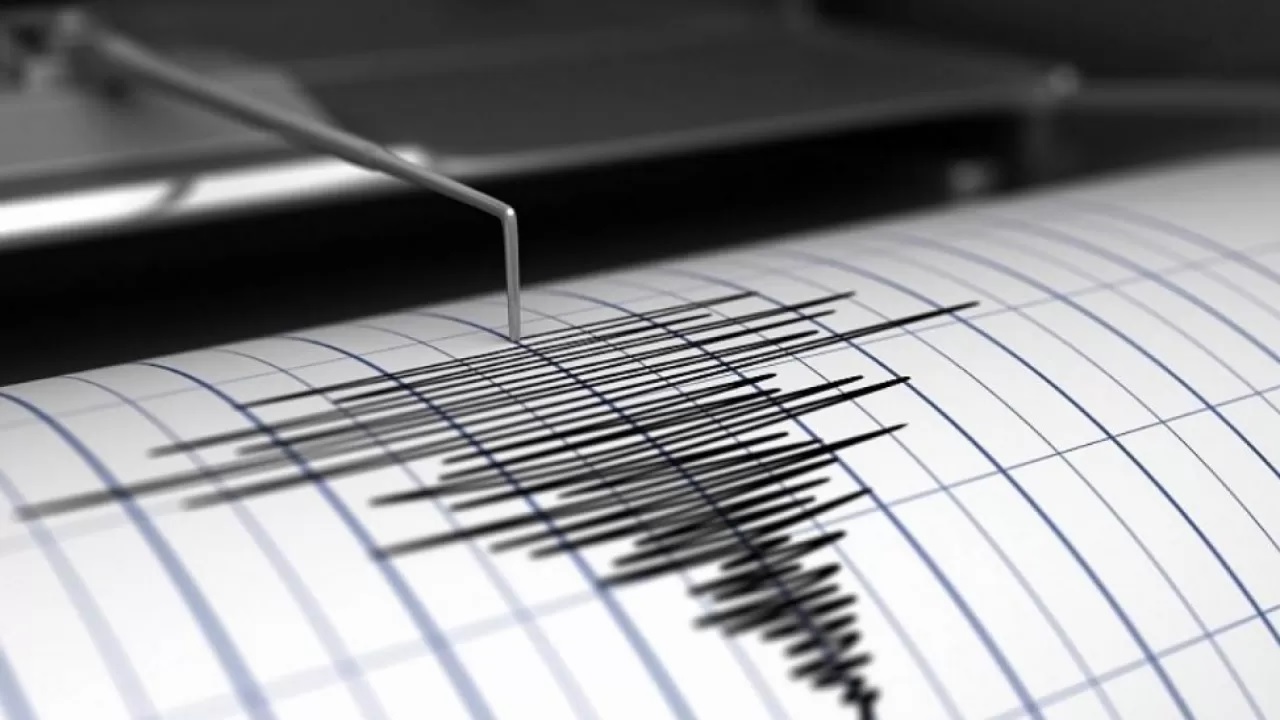
What exactly does the Richter scale measure?
The Richter scale measures plate movements in the earth’s crust, that is, earthquake-induced earth shaking. The measurement starts with 1 and goes up to 9.5. In fact, earthquakes may be much larger, but according to the general view, earthquakes caused by plate movements will not be larger in 9.5. Of course, it is not clear what nature will do.
There is also the moment magnitude scale:
The moment magnitude scale, developed in 1979 and often used in place of the Richter scale, measures the energy released during an earthquake. Unlike the Richter scale There is no upper limit to the measurement value, but earthquakes smaller than 3.5 are not measured with the moment magnitude scale.
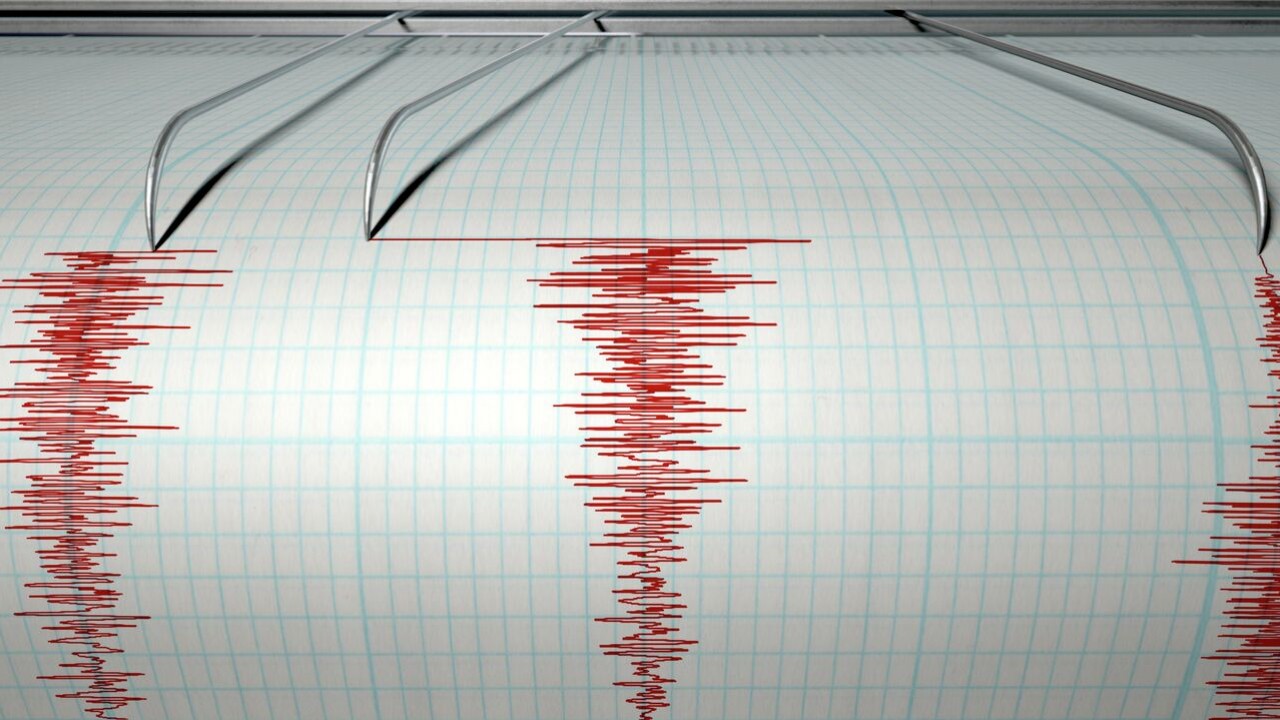
How is the Richter scale formula calculated?
There is a technical formula for the Richter scale, but we’re sure the real question is to know the rate of increase to the size of the measure. Namely The destructive power of an earthquake, measured using the Richter scale, proportional to the 3/2 power of the swing. So we should talk about a logarithmic growth, not a linear one.
The magnitude of the earthquake increased by 1 unit on the Richter scale. When we calculate 10 to the 3/2 we see a value of 31.6 on the moment magnitude scale. In other words, a magnitude 6 earthquake is 10 times larger than a magnitude 5 earthquake.
How often do earthquakes occur in the world?
- There are 8 thousand earthquakes a day in 0 provinces with a magnitude of 1.9.
- There are a thousand earthquakes a day with a magnitude of 2 to 2.9.
- There are 49 thousand earthquakes a year with a magnitude of 3 to 3.9.
- There are 6200 earthquakes a year with a magnitude of 4 to 4.9.
- There are 800 earthquakes a year with a magnitude of 5 to 5.9.
- There are 120 earthquakes a year with a magnitude of 6 to 6.9.
- There are 18 earthquakes a year with a magnitude of 7 to 7.9.
- An earthquake with a magnitude of 8 to 8.9 occurs once a year.
- An earthquake with a magnitude of 9 and above occurs once in 20 years.
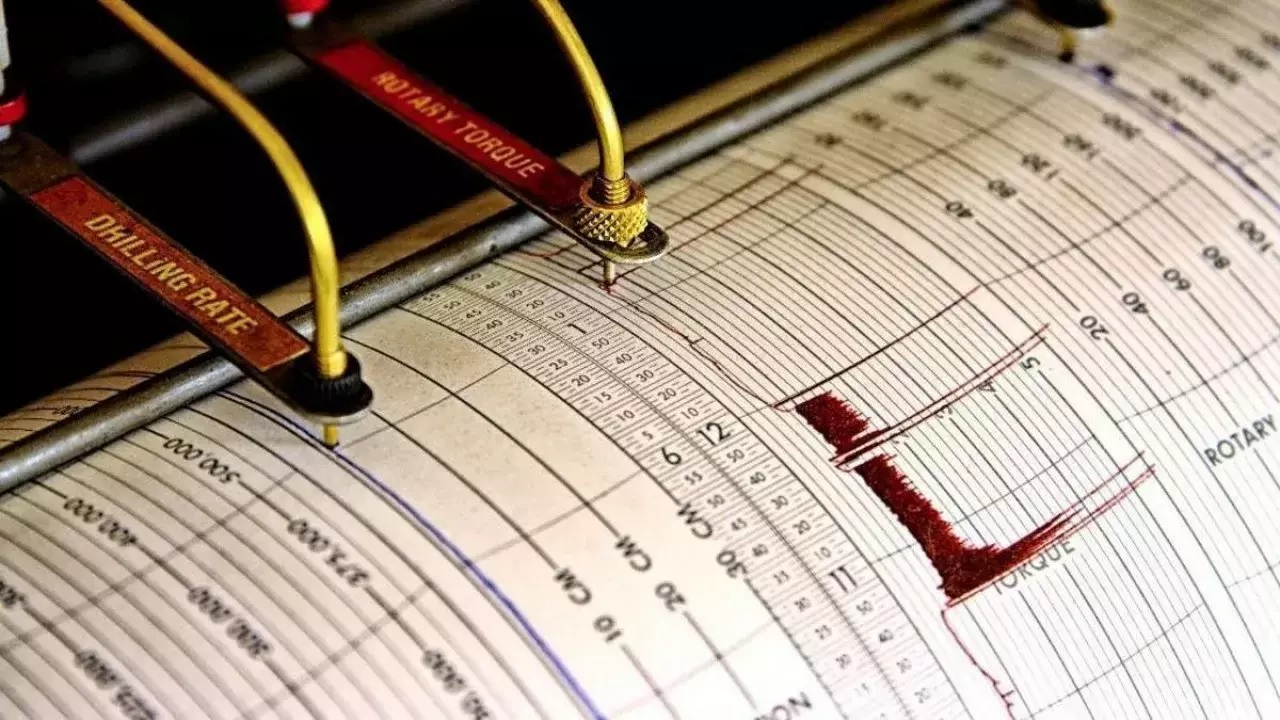
What is the strength and feel of earthquakes on the Richter scale?
- The earthquake with a magnitude of 1.9 in 0 province is measured with special seismic instruments and has a strength of 0.001 – 0.7 tons of TNT.
- The magnitude 2 to 2.9 earthquake can be felt by people who are not moving, lamps may shake, and have a strength of 1 to 22 tons of TNT.
- The earthquake with a magnitude of 3 to 3.9 is felt like a truck is passing in front of the house and has a strength of 30 – 700 tons of TNT.
- Parked cars sway in the 4 to 4.9 magnitude earthquake and have the power of a small-scale atomic bomb.
- A magnitude 5 to 5.9 earthquake can wreak havoc on bad buildings and has the strength of a medium atomic bomb.
- A 6 to 6.9 magnitude earthquake can cause massive damage and a tsunami, with the power of a massive atomic bomb.
- Earthquakes with a magnitude of 7 to 7.9 can cause severe damage, rifts and tsunamis, with the force of a 100 – 200 meter meteorite fall.
- An earthquake with a magnitude of 8 to 8.9 causes enormous damage and has the force of a 250 – 700 meter meteorite fall.
- An earthquake with a magnitude of 9 and above affects thousands of kilometers and is strong enough to cause plate ruptures.
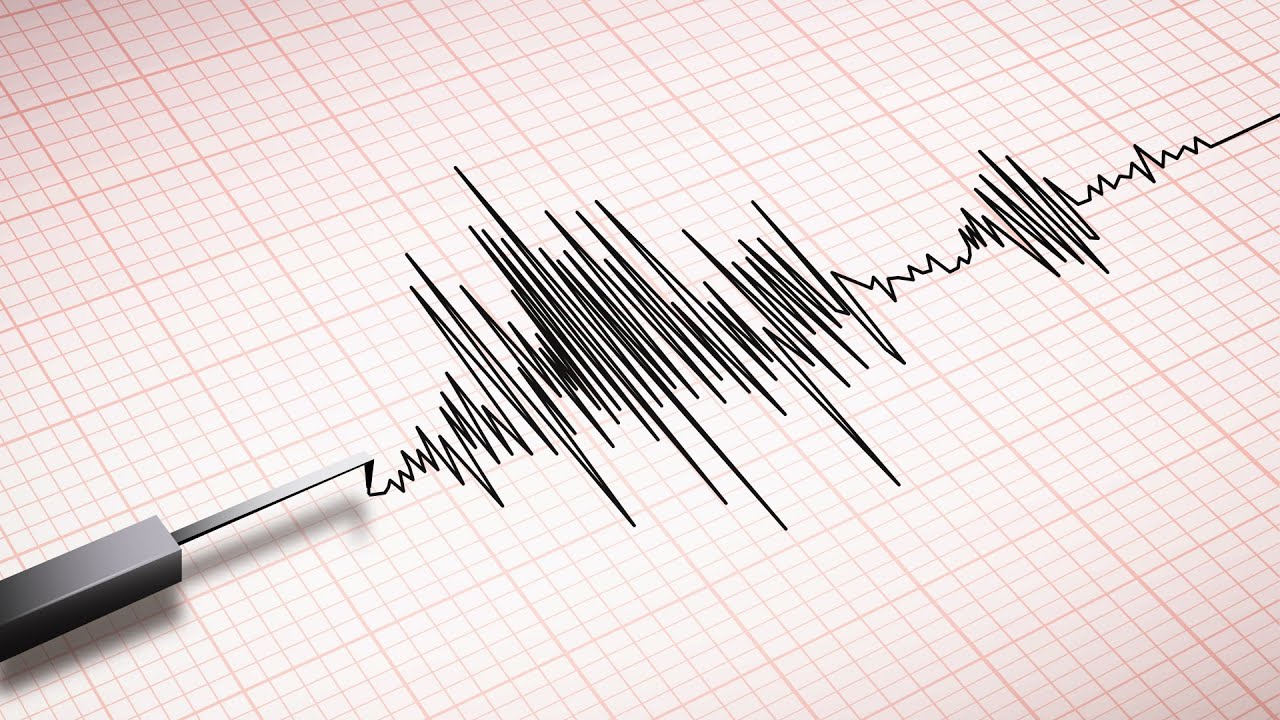
Some of the largest known earthquakes are:
- The Chile earthquake in 1960 was 8.6 on the Richter scale.
- The Alaska earthquake in 1960 was 9.2 on the Richter scale.
- The 2004 Sumatra earthquake was 9.5 on the Richter scale.
- The 2011 earthquake in Japan was 9 on the Richter scale.
It is used as a unit of measurement for earthquakes in the world. What is the Richter scale, what does it measure, how is it calculated We answered frequently asked questions such as: Of course, the Richter scale is an important criterion to see the risk, but never forget that the real risk is the buildings.
